#tracy and Hepburn
Text





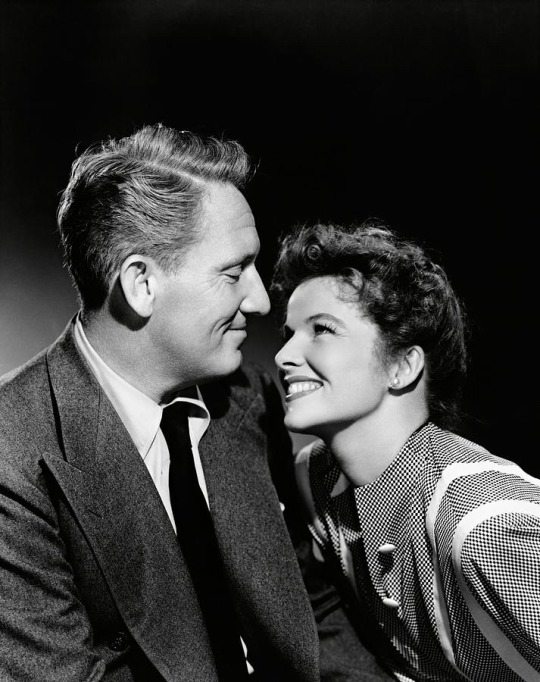
25 notes
·
View notes
Text
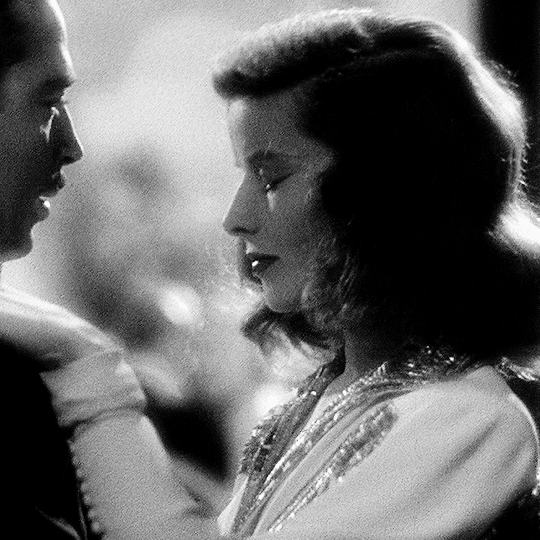
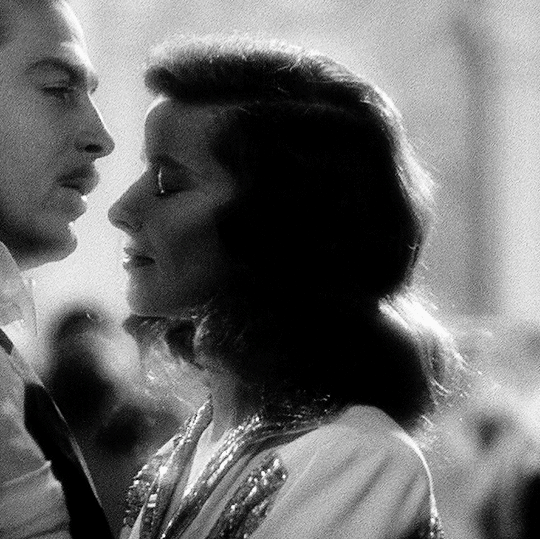

THE PHILADELPHIA STORY (1940) dir. George Cukor
#katharine hepburn#the philadelphia story#kate hep#katharinehepburnedit#edits#*#classicfilmsource#filmedit#filmgifs#fyeahmovies#classicfilmblr#tracy lord#insane side profile i'm unwell
1K notes
·
View notes
Text

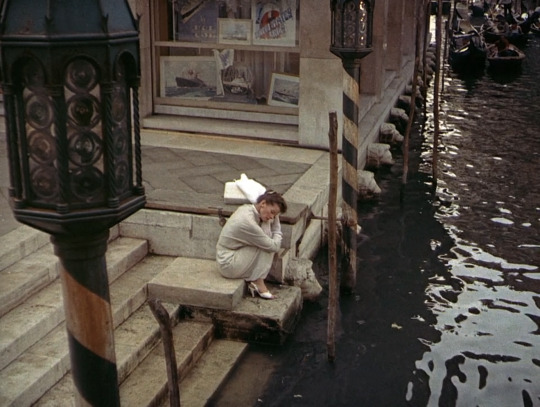


Summertime (1955)
#🫂#summertime#summertime 1955#katharine hepburn#david lean#m#[tracy jordan voice] television on! images of lonely woman!
448 notes
·
View notes
Text



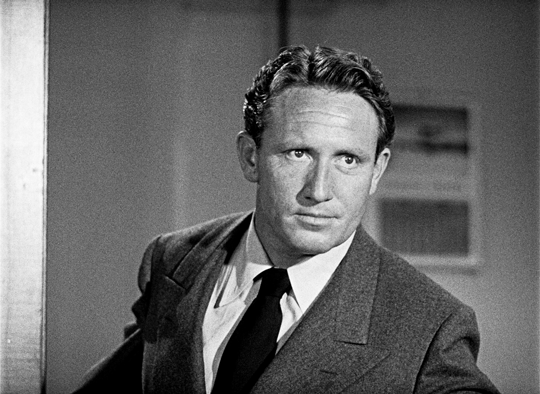
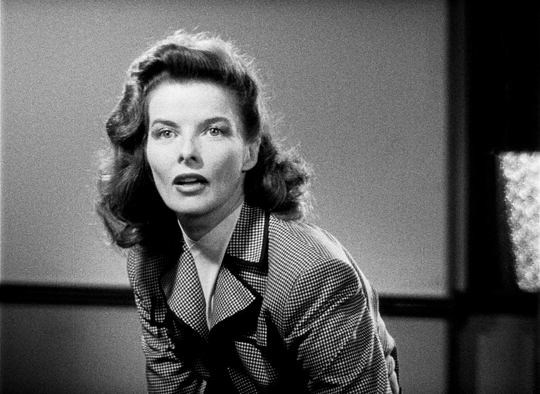
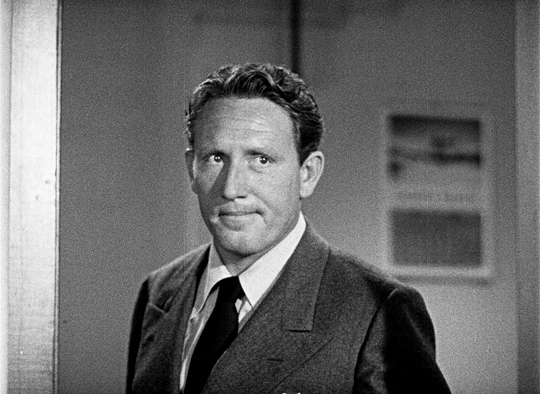
Haven’t you met Miss Harding?
Yes, yes, in a belligerent sort of way.
WOMAN OF THE YEAR (1942)
#woman of the year#katharine hepburn#spencer tracy#tusergio#userdanahscott#userraffa#userrobin#userkraina#usergiu#uservienna#tusercamille#tuserfla#filmgifs#fyeahmovies#userloren#usersugar#old hollywood#filmedit#holly.gif#holly.mine
232 notes
·
View notes
Text
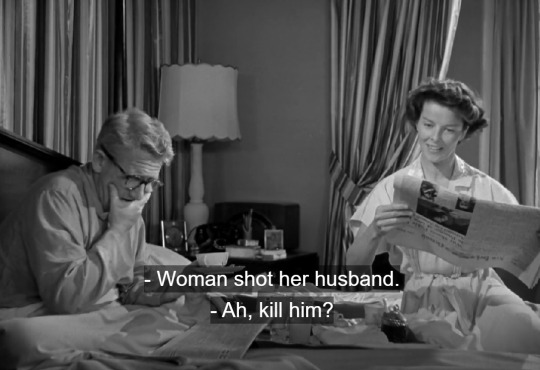

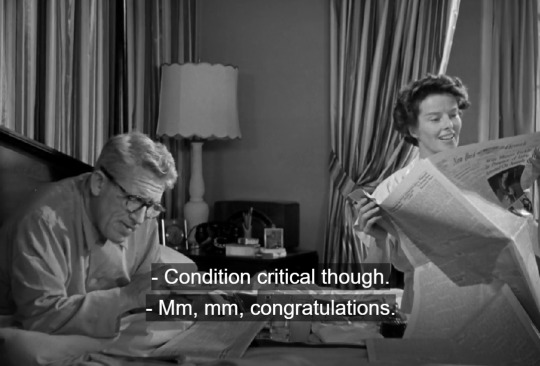
571 notes
·
View notes
Text
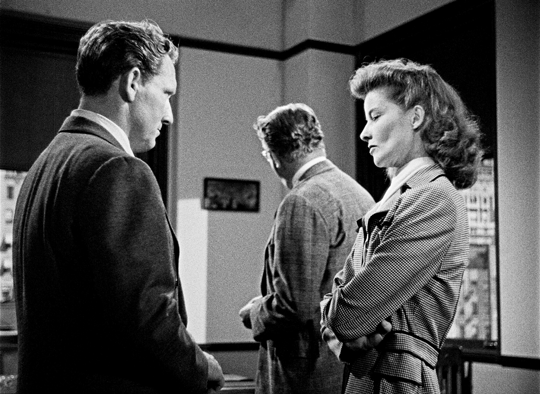
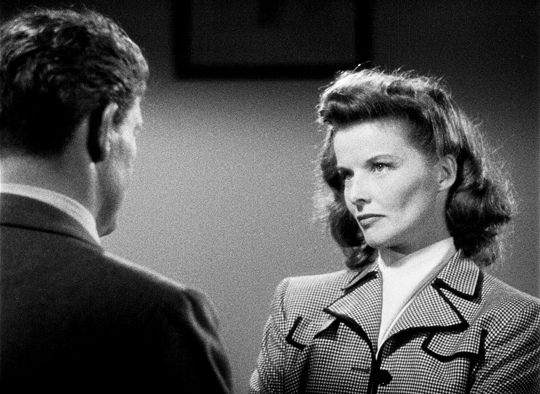
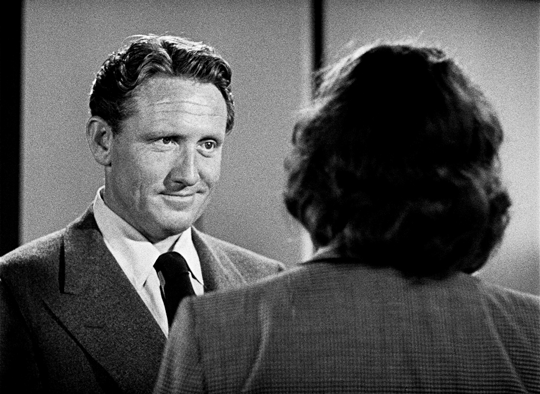
How about it, Sam? Are you ready to kiss and make up?
I’ll kiss. I don’t know about making up.
WOMAN OF THE YEAR (1942) dir. George Stevens
#woman of the year#katharine hepburn#spencer tracy#tusergio#userdanahscott#userraffa#userrobin#userkraina#usergiu#uservienna#tusercamille#tuserfla#filmgifs#fyeahmovies#userloren#usersugar#old hollywood#filmedit#my gifs#mine
88 notes
·
View notes
Text
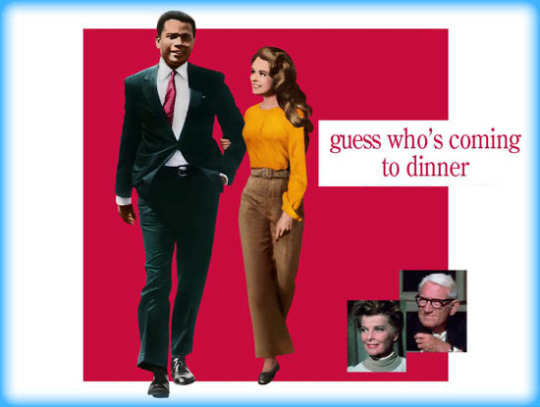




Stanley Kramer’s GUESS WHO’S COMING TO DINNER premiered in New York City #OnThisDay in 1967. The wide U.S. release happened the next day.
84 notes
·
View notes
Photo
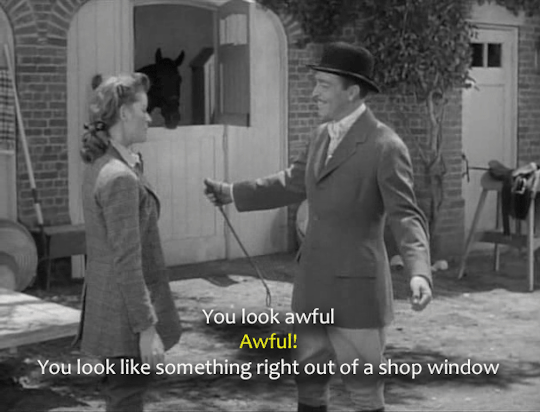



Succession: Kill List (2023) | The Philadelphia Story (1940)
#Succession#Succession spolers#S04E05#Kill List#The Philadelphia Story#Shiv Roy#Sarah Snook#Tracy Lord#Katharine Hepburn#Tom Wambsgans#Matthew Macfadyen#mygifs
124 notes
·
View notes
Text

1949
30 notes
·
View notes
Text
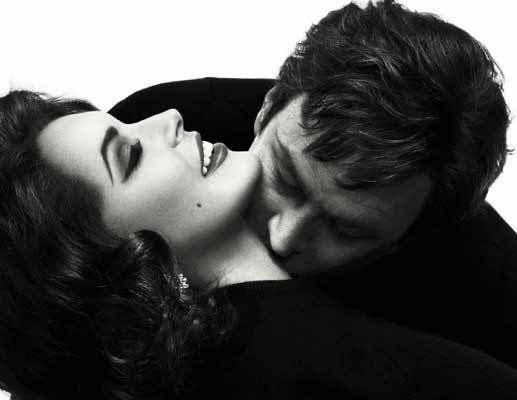

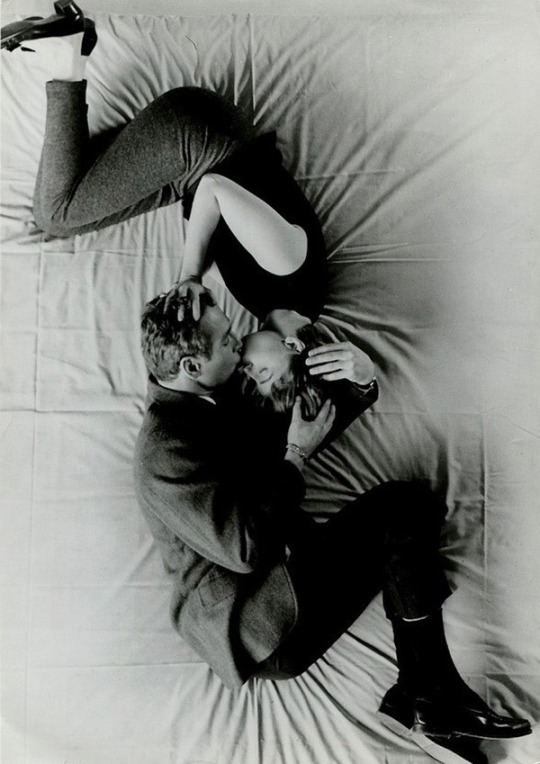

There were - have always been - many kinds of love. And oh how they burned with passion for it.
#classic hollywood#spencer tracy#katharine hepburn#frank sinatra#ava gardner#humphrey bogart#lauren bacall#richard burton#elizabeth taylor#paul newman#joanne woodward
23 notes
·
View notes
Photo

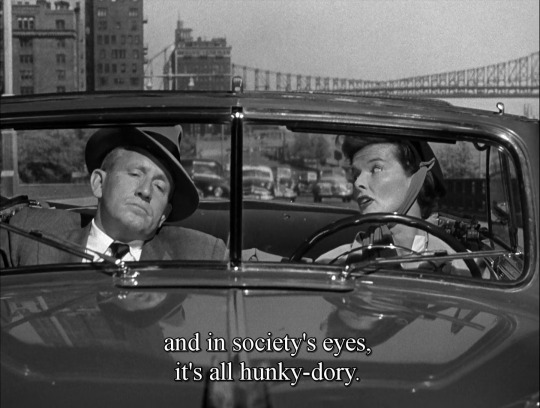

Adam's Rib (George Cukor, 1949)
#Adam's Rib#George Cukor#quote#feminism#katherine hepburn#cars#Spencer Tracy#screwball comedy#screwball#black and white#machism#1949
407 notes
·
View notes
Text
It's very interesting to notice how Disney's Beauty and the Beast draws inspiration not just from other versions of the fairy tale or from Disney's earlier fairy tale features, but from other love stories in classic Hollywood films and literature that were created for adults.
@starberry-cupcake's post on the ways that Disney's BatB changes the tale's core narrative parallel from the Cupid and Psyche myth to Pride and Prejudice is genius. It's slightly astounding that no one on the creative team has ever cited Pride and Prejudice as an influence: but maybe Austen's novel has become enough of a modern myth and influenced so many other love stories and comedies of manners that Disney's creative team really did write the parallels unconsciously. Of course the similarities can be overstated; Belle and the Beast are less mutually flawed than Elizabeth and Darcy, for one thing, and the Beast changes more while Belle changes less than their Austen counterparts do. (I might argue that Belle and the Beast more closely resemble pop culture's simplified ideas of Elizabeth and Darcy than they do Austen's actual characters.) But in terms of plot structure, the parallels are spot-on.
Even if the Austen parallels were accidental, though, the movie's creative team has freely admitted to other inspirations. Screenwriter Linda Woolverton has stated that there's a lot of Katharine Hepburn in Belle. That her characterization in general was strongly influenced by Hepburn's portrayal of Jo in the 1933 film version of Little Women (albeit with her tomboyishness toned down), and that her snappy arguments with the Beast in the dinner-invitation and wound-tending scenes were inspired by Hepburn and Spencer Tracy's similar bickering in their romantic comedies. The animators have also admitted to modeling Belle's appearance after such iconic Hollywood beauties as Elizabeth Taylor, Audrey Hepburn, and Natalie Wood. Photos of those three ladies were kept in the studio for the artists to literally draw inspiration from.
Then there are the other obvious parallels with other movies, which I seem to remember the trivia page of IMDB.com pointing out. For example, there are some obvious parallels with The Wizard of Oz. Belle's iconic blue and white peasant dress looks similar to Dorothy's iconic blue and white gingham dress, and like Dorothy, she's a dreamer trapped in a mundane workaday world, who longs to escape and have new experiences. The Beast's brief "stupid" hairdo during his makeover scene, with its curls and ribbons, also looks like the Cowardly Lion's mane after his makeover, while Lumiere, Cogsworth, and Mrs. Potts can respectively be viewed as counterparts to the Scarecrow, Tin Man, and Cowardly Lion themselves. A likable, helpful trio of sidekicks, with Lumiere as the unofficial leader who has all the bright ideas (no pun intended), Mrs. Potts as the kindest and gentlest one despite being made of a hard, cold substance, and Cogsworth as the comically nervous one who nonetheless proves to be braver than he seems. Meanwhile, a shout-out to another classic movie occurs when Belle stands on the grassy hill and sings "I want adventure in the great wide somewhere": an obvious homage to Julie Andrews' Maria at the beginning of The Sound of Music. Appropriately, we could argue that the plot structure of Disney's BatB mirrors The Sound of Music just as much as it does Pride and Prejudice. A free-spirited heroine doesn't fit in with her community; then she unexpectedly goes to live in a new household run by an unhappy, aloof master; at first she clashes with him, but soon she brings warmth and joy back into his life and softens his heart; their growing love for each other culminates in a romantic dance scene, after which she briefly leaves him and runs back to her old home (although for different reasons); but ultimately she goes back to him and they end up together. Fortunately, there are no Nazis in Beauty and the Beast to darken Belle and the Prince's newlywed life.
IMDB.com also notes some parallels with the 1958 Leslie Caron movie Gigi. The young male lead played by Louis Jourdan in that film is named Gaston. Like Disney's Gaston he's a playboy with a cocky attitude, and Gigi refuses to be his mistress just like Belle refuses to be her Gaston's wife. The characters go in completely different directions, though, since Gigi's Gaston redeems himself and gets the girl in the end, while the Beauty and the Beast Gaston... not so much. Lumiere's characterization is also clearly based on Maurice Chevalier, who plays a major role (and sings his most famous song, "Thank Heaven for Little Girls") in Gigi too.
Then there's the Beast's "death" in Belle's arms, which seems to draw strong inspiration from two romantic death scenes in earlier Hollywood classics. First of all, the camera angles are nearly identical to those of Tony's death in Maria's arms in the original 1961 version of West Side Story, as I remember IMDB.com pointing out. The fact Belle's appearance was already partly modeled after Natalie Wood probably helped to bring that scene to the animators' minds. But I also think they drew inspiration from another famous Hollywood death scene: the death of Greta Garbo's Marguerite in 1936's Camille. I've never seen anyone else notice the similarity, probably because the characters' genders are reversed, but I've noticed it ever since I first saw the Camille scene in the 1982 version of Annie. The dialogue has clear parallels, with the dying character resigned to their fate because death will set them free from their life as an outcast (the Beast's "Maybe it's better this way" echoes Marguerite's "Perhaps it's better if I live in your heart, where the world can't see me"), while their lover urges them "Don't think such things"/"Don't talk like that" and tries to convince them that everything will be fine. Then the moment of death is conveyed by Marguerite and the Beast's eyes, as they roll upward and then drift closed, and the reactions of Belle and Robert Taylor's Armand are very similar, as they both pause in horror, then plead "No, no... don't leave me..." and bury their faces in their beloved's chest in anguish.
In all these inspirations and homages, I think it shows that with Beauty and the Beast, Disney set out to create not just another children's movie, but a movie in the spirit of a Golden Age Hollywood classic that adults could enjoy too. In particular, they set out to create a genuinely romantic picture, which adult couples could enjoy as a "date movie" just as much as their kids would enjoy it as a fairy tale. And as we all know, they succeeded with flying colors!
@ariel-seagull-wings, @themousefromfantasyland, @the-blue-fairie, @thealmightyemprex, @littlewomenpodcast, @adarkrainbow
#disney#beauty and the beast#1991#fairy tale#animated film#pride and prejudice#katharine hepburn#spencer tracy#little women#the wizard of oz#the sound of music#gigi#west side story#camille#classic hollywood#romance
195 notes
·
View notes
Photo
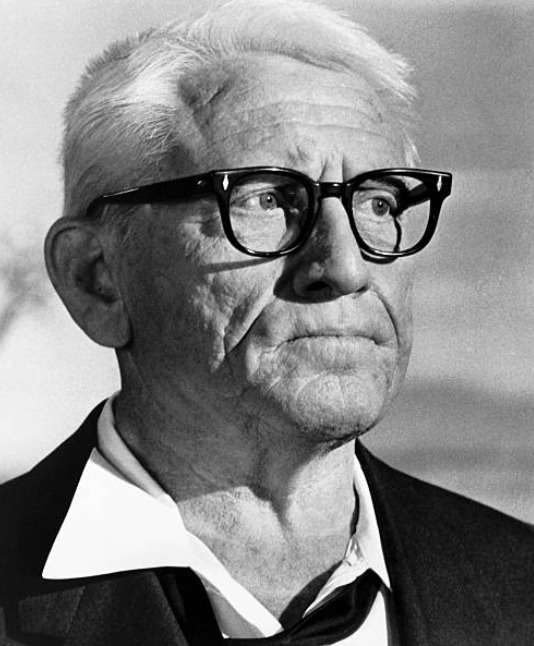

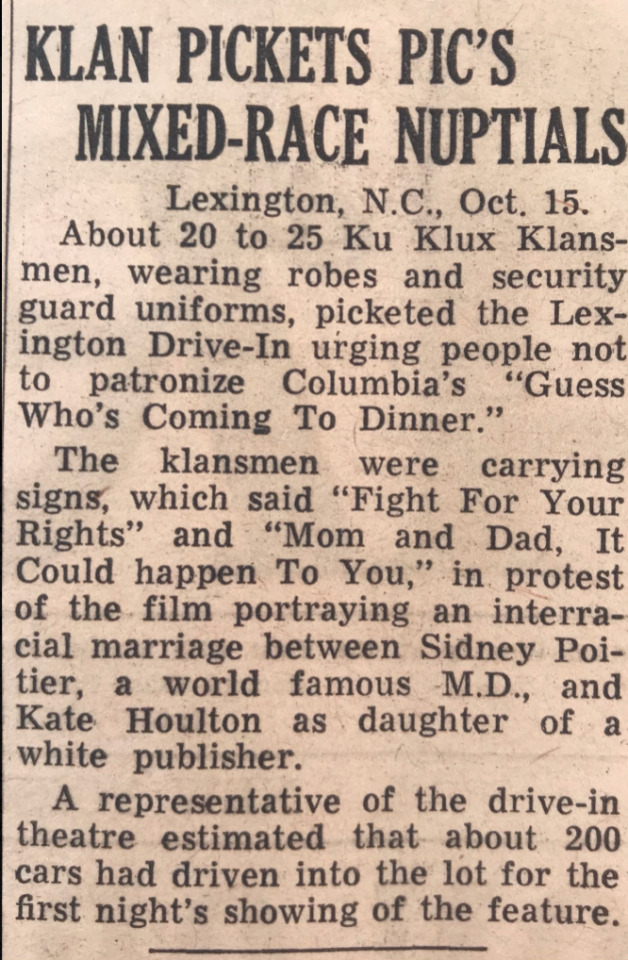

1967.
Guess Who’s Coming to Dinner picketed by the ku klux klan.
41 notes
·
View notes
Photo


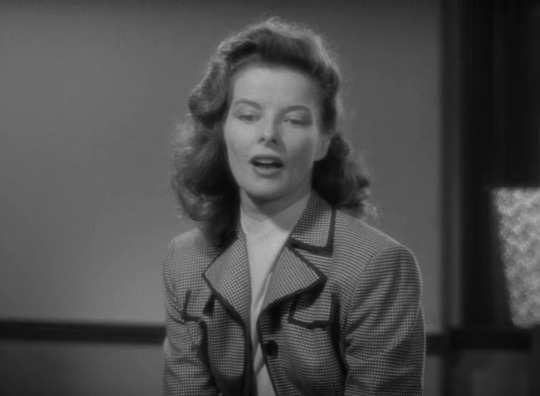


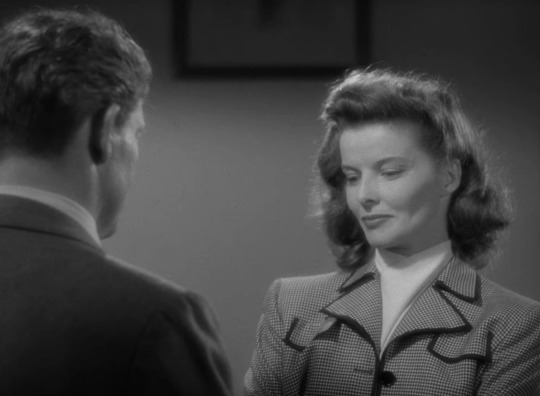
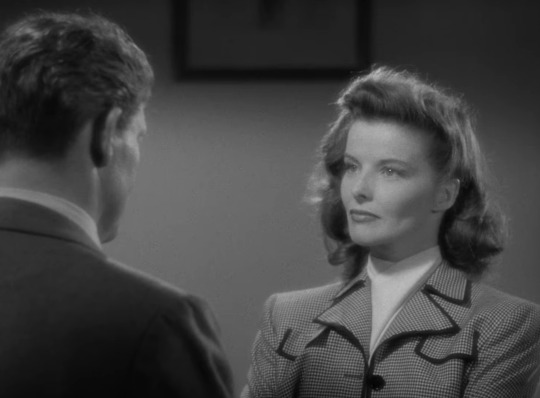
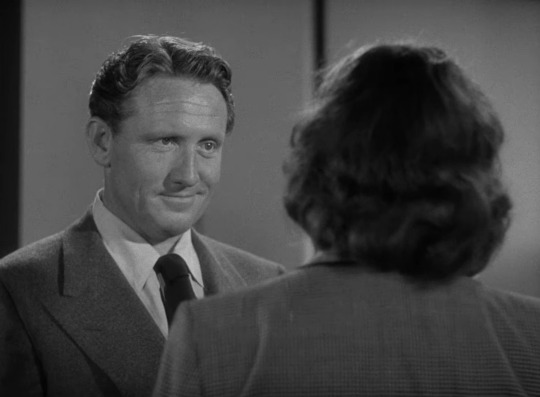
Woman of the Year (1942)
#iS THIS ALLOWEDDDDD#woman of the year#woman of the year 1942#katharine hepburn#spencer tracy#m#insane screen pairing debut eye contact.. people (me) died
131 notes
·
View notes
Text
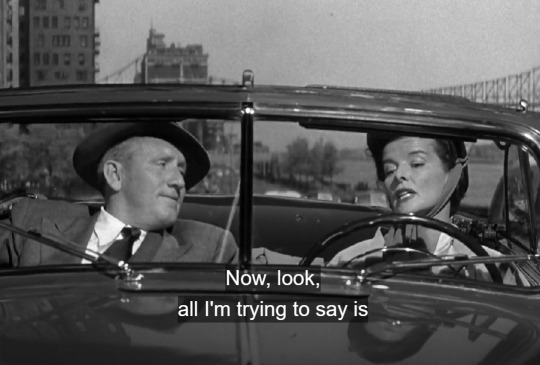
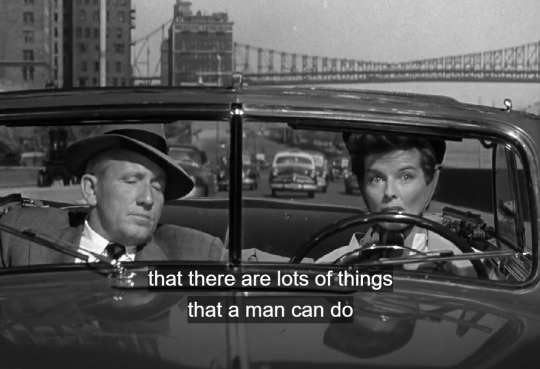


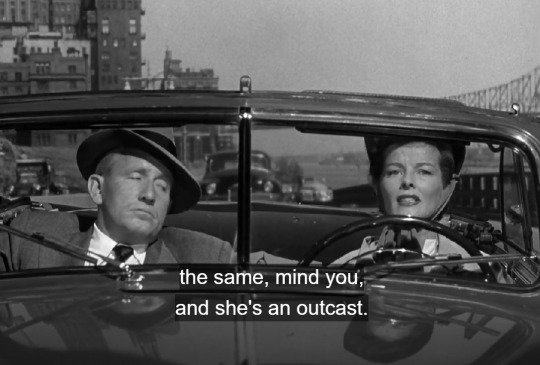
194 notes
·
View notes
Text


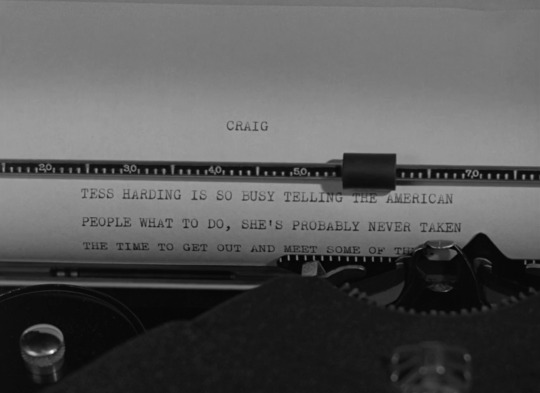

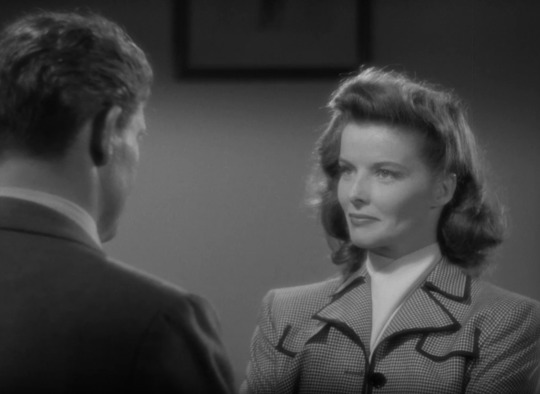

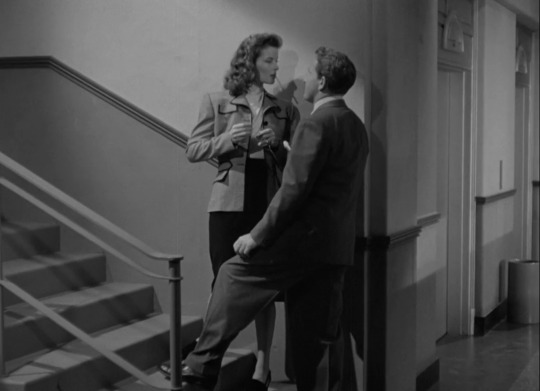


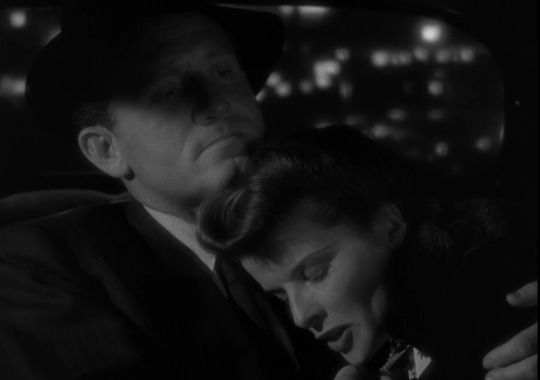
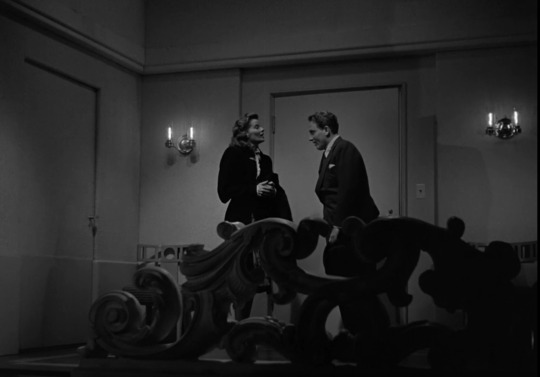

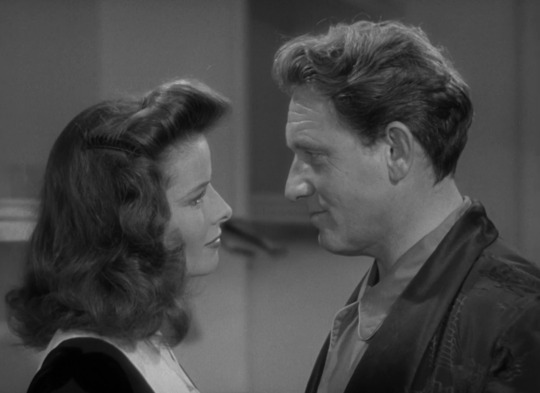




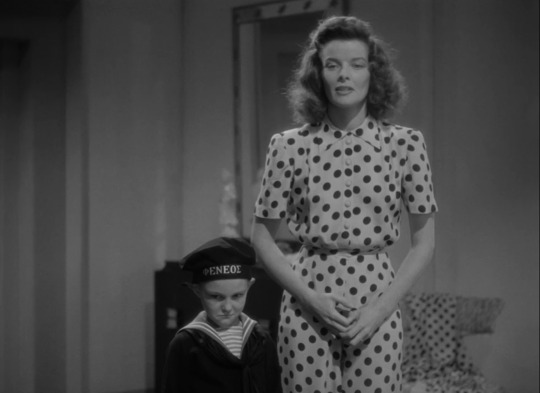




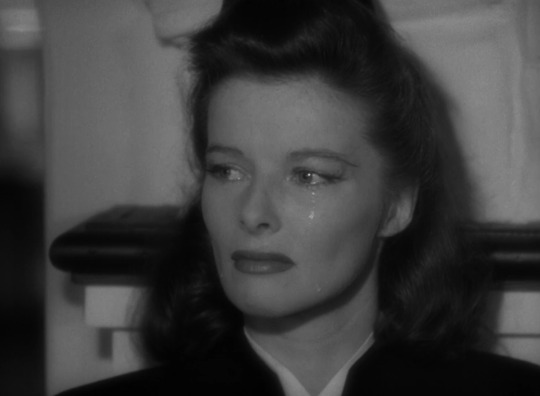

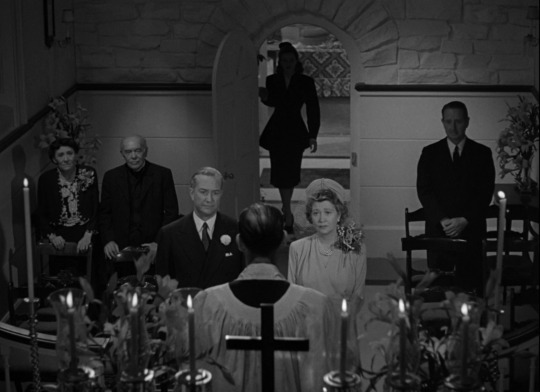





Woman of the Year (1942)
Director: George Stevens
Cinematographer: Joseph Ruttenberg
Costume designer: Adrian
Starring: Katharine Hepburn, Spencer Tracy, Roscoe Karns, Fay Bainter, Reginald Owen, and William Bendix.
#woman of the year#1942#katharine hepburn#spencer tracy#women in menswear#hepburn and tracy#george stevens#adrian#roscoe karns#fay bainter#reginald owen#william bendix#romantic comedy#sex comedy#mgm#classic film#old hollywood#costume design#classic hollywood#hollywood studio era#40s#classic movies#old movies#old films#black and white film
7 notes
·
View notes